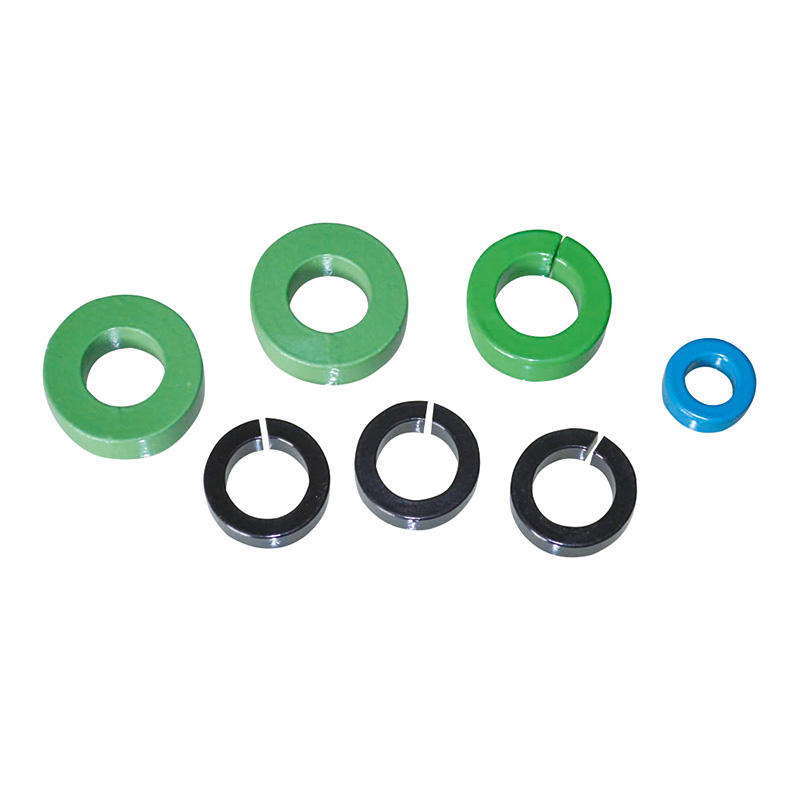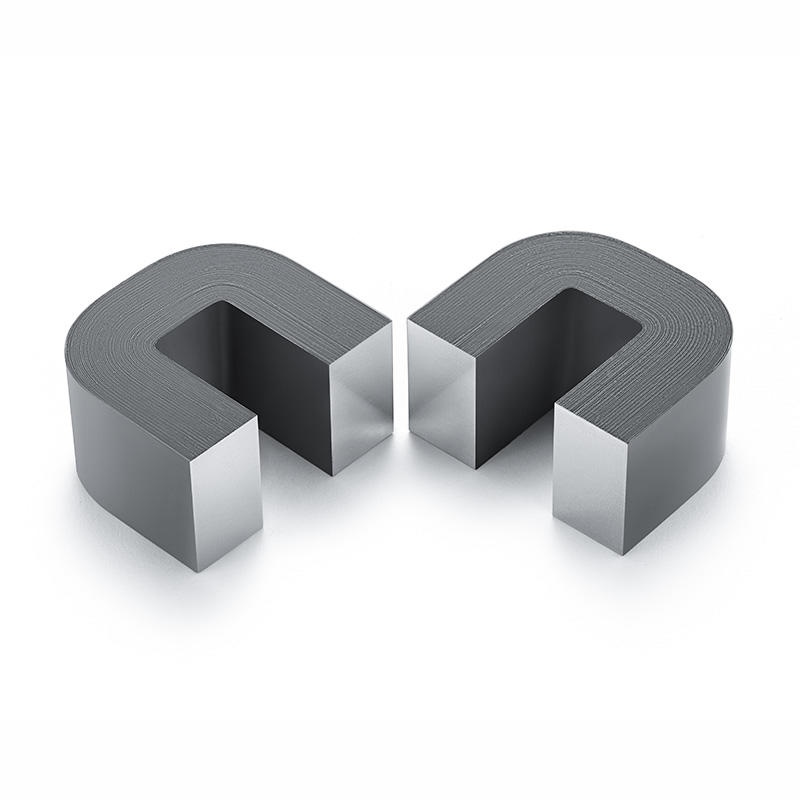Better Touch Better Business
Contact Sales at TRANSMART.
Comparison of amorphous and Nanocrystalline Alloys
Fe based amorphous alloys are competing with silicon steel in power frequency and medium frequency fields. Compared with silicon steel, iron-based amorphous alloy has the following advantages and disadvantages.

1) The saturated magnetic flux density BS of iron-based amorphous alloy is lower than that of silicon steel
However, at the same BM, the loss of Fe based amorphous alloy is smaller than that of 0.23mm thick 3% silicon steel. It is generally believed that the reason for low loss is the thin thickness and high resistivity of iron-based amorphous alloy strip. This is only one aspect. The main reason is that the iron-based amorphous alloy is amorphous, the atomic arrangement is random, there is no magnetocrystalline anisotropy caused by atomic directional arrangement, and there is no grain boundary causing local deformation and composition offset. Therefore, the energy barrier hindering domain wall motion and magnetic moment rotation is very small, with unprecedented soft magnetism, so it has high permeability, low coercivity and low loss.
2) The filling coefficient of Fe based amorphous alloy core is 0.84 ~ 0.86
3) Working magnetic flux density of Fe based amorphous alloy core
1.35t ~ 1.40t, 1.6T ~ 1.7t for silicon steel. The weight of iron-based amorphous alloy power frequency transformer is about 130% of that of silicon steel power frequency transformer. However, even if the weight is heavy, the loss of iron-based amorphous alloy for power frequency transformer with the same capacity is 70% ~ 80% lower than that of silicon steel.
4) Considering the loss, the total evaluation price is 89%
5) The ability of Fe based amorphous alloy to resist power waveform distortion is stronger than that of silicon steel
Now, the test of magnetic core material loss of power frequency power transformer is carried out under sine wave voltage with distortion less than 2%. The actual power frequency power grid distortion is 5%. In this case, the loss of iron-based amorphous alloy increases to 106% and that of silicon steel increases to 123%. If the high-order harmonic is large and the distortion is 75% (such as power frequency rectifier transformer), the loss of iron-based amorphous alloy increases to 160% and the loss of silicon steel increases to more than 300%. It shows that Fe based amorphous alloy has better resistance to power waveform distortion than silicon steel.
6) The magnetostrictive coefficient of Fe based amorphous alloy is large
It is 3 ~ 5 times that of silicon steel. Therefore, the noise of iron-based amorphous alloy power frequency transformer is 120% of that of silicon steel power frequency transformer, which is 3 ~ 5dB larger.

7) The price of Fe based amorphous alloy strip is 150% of that of 0.23mm3% oriented silicon steel
In the current market, it is about 40% of 0.15mm3% oriented silicon steel (after special treatment).
8) The annealing temperature of Fe based amorphous alloy is lower than that of silicon steel
The annealing temperature of iron-based amorphous alloy is lower than that of silicon steel, and the energy consumption is small, and the iron-based amorphous alloy magnetic core is generally manufactured by special manufacturers. Silicon steel magnetic cores are generally manufactured by transformer manufacturers
Copyright © 2025 TRANSMART INDUSTRIAL LIMITED | All Rights Reserved
Hello, please leave your name and email here before chat online so that we won't miss your message and contact you smoothly.